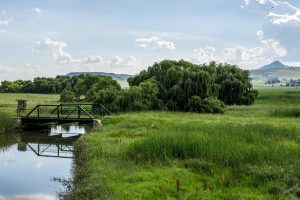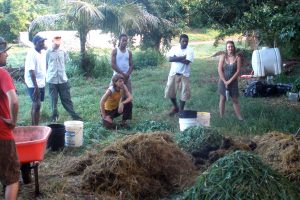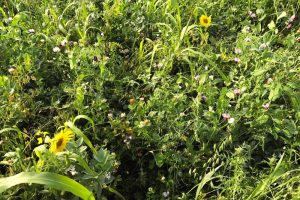Regenerative Restoration
of Ecosystems
Nature + Farmland + Urban
The primary objective of the Regenerative Earth Initiative is to dynamically enhance the regenerative capacity of the Earth System using natural mechanisms that can be amplified by human influence while simultaneously reducing the human impact on Earth’s ecosystems.
Regenerative Design
Regeneratively Optimised Food & Community Resilience System
The Regenerative Design Framework is a multi-disciplinary knowledge base of principles that can be collated into a framework that fits the context of a bioregional ecology, economy and culture. It will work anywhere! In other words, the Regenerative Design Framework is the structured interface between the theory, the systems, the policies, the collective intelligence, etc. and the tangible grassroots action of getting things done.
Regenerative Systems Design Course
Our graduates will be the leaders of the future that we all want to be part of!
The RSD Course covers a comprehensive range of subjects that are relevant the task of leading the re-development of a better world — regenerative farming, ecosystem restoration, community development, etc. The Regenerative Systems Design Course is a blend of online content provided by international experts, plus additional reading & videos, online tutoring, and in-person practicals where participants apply what they have learnt into a Rescue Earth project of their choice. The many elective modules can be studied as standalone courses or as electives.
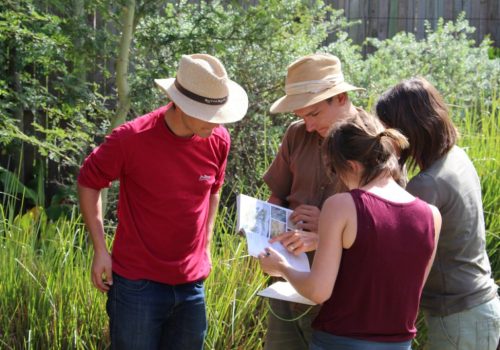
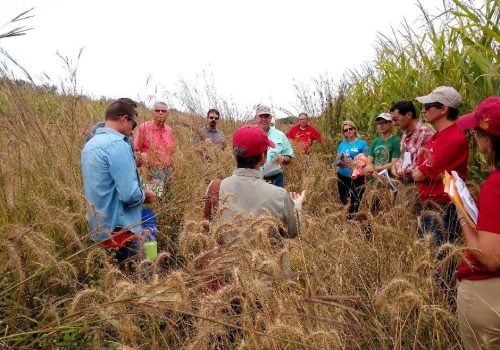
Regenerative Restoration Initiatives
Initiatives include approved programs / projects that use the Regenerative Design Framework.
The focus of the Rescue Earth System is more about ecosystem restoration, the rehydration of landscapes, and the efficient production of nutritious food than climate change. The reason is simple. If we regeneratively restore the soil fertility of pastures and agricultural land by increasing hydration and soil organic matter, and increase living biomass by restoring ecosystems, we sequestrate carbon and reduce CO2e in the atmosphere — and we stabilise weather — resulting in more consistent rain with less flooding, etc.
Permascapes
Permaculture Landscapes
The beautiful nature friendly gardens are especially created to be a dynamic habitat (refuge) for bees and insects. Birds are prolific too! Permascapes are developed and maintained by Permablitz volunteers.



